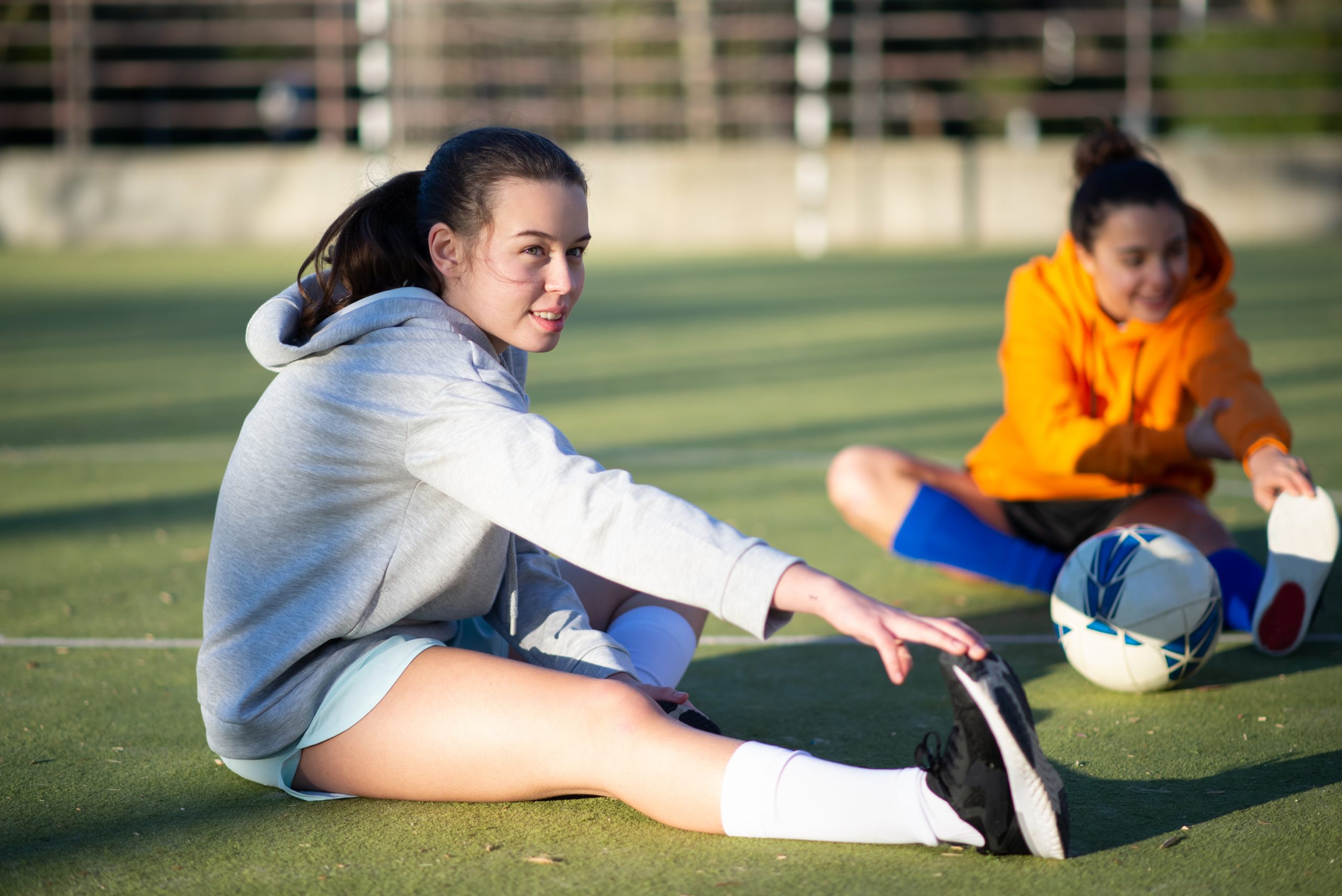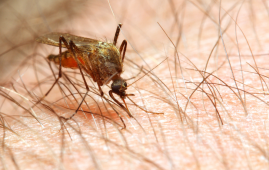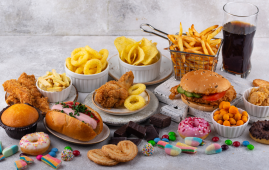

While the United States women’s national soccer team competes in the FIFA Women’s World Cup in Australia and New Zealand, many amateur players may be motivated to take up the game at home. A Baylor College of Medicine athletic trainer shares advice on playing safely and avoiding injuries.
“Ankle and knee sprains, muscle strains, contusions and abrasions are the most common injuries for soccer players,” said Leah Palmer, senior athletic trainer manager in the Joseph Barnhart Department of Orthopedic Surgery. “Female players have a higher risk for more serious injuries such as ACL tears.”
Heat-related injuries are widespread throughout the hot summer months, therefore Palmer emphasizes the necessity of water to avoid harm.
“Don’t just drink water right before you play,” Palmer said. “Get in the habit of hydrating throughout the day, while you’re playing and after you play. Know your limits. If you are feeling tired and don’t feel that you can be at 100%, then take a break, have some water and maybe a small snack, then get back at it.”
Palmer recommends a short warmup, such as a 5-minute jog, followed by stretching before you begin playing. Don’t forget to stretch when you’ve finished playing. To avoid accidents on the soccer field, make sure you have the proper equipment and a safe playing surface. Wear correctly fitted soccer cleats and shin guards to protect your legs from contusions and abrasions.
“Check the playing surface for holes, rocks, trash or other objects. Try to remove those obstacles or make sure everyone is aware of them,” Palmer said. “As an athletic trainer, this is one of the first things we check to help prevent injuries.”
Palmer recommends rest, compression, and elevation if you are injured while playing soccer. Icing the damaged region for 20 minutes to relieve discomfort may also be beneficial, as may over-the-counter pain relievers like ibuprofen or acetaminophen. Palmer recommends contacting a doctor if you can’t bear weight on the damaged body part or if you have persistent discomfort or swelling that doesn’t go away after a few days. A brace, physical therapy, a home exercise regimen, or nonsteroidal anti-inflammatory medicine may be required for knee and ankle sprains. Serious injuries may necessitate an MRI to provide an in-depth examination of the affected area.
more recommended stories
 How Soybean Oil Impacts Weight Gain and Metabolism
How Soybean Oil Impacts Weight Gain and MetabolismWhy Soybean Oil May Affect Metabolism.
 New Malaria Prevention Insights From African Biostatistics
New Malaria Prevention Insights From African BiostatisticsHow New Data Is Reframing Malaria.
 World Summit Outlines Core Principles for Healthy Longevity
World Summit Outlines Core Principles for Healthy LongevityWhy Healthy Longevity Demands a New.
 Gut Immune Cells and Long-Lasting Antiviral Protection.
Gut Immune Cells and Long-Lasting Antiviral Protection.Breakthrough Findings on How Gut Immune.
 Mild Pancreatic Duct Dilatation Signals Higher Cancer Risk
Mild Pancreatic Duct Dilatation Signals Higher Cancer RiskEarly Structural Changes Offer Critical Clues.
 Ultra-Processed Foods in Mediterranean Youth: Risks
Ultra-Processed Foods in Mediterranean Youth: RisksThe Mediterranean region is widely recognized.
 Intensive mind-body retreat rapidly alters brain function
Intensive mind-body retreat rapidly alters brain functionAn intensive mind-body retreat combining meditation,.
 Longevity Gene May Extend Lifespan Without Strict Diets
Longevity Gene May Extend Lifespan Without Strict DietsThe search for safe and realistic.
 Cholesterol-Lowering Drugs May Help Reduce PFAS Levels
Cholesterol-Lowering Drugs May Help Reduce PFAS LevelsPer- and polyfluoroalkyl substances (PFAS) continue.
 Citrus and Grape Compounds Help Prevent Type 2 Diabetes
Citrus and Grape Compounds Help Prevent Type 2 DiabetesA new clinical trial highlights the.

Leave a Comment